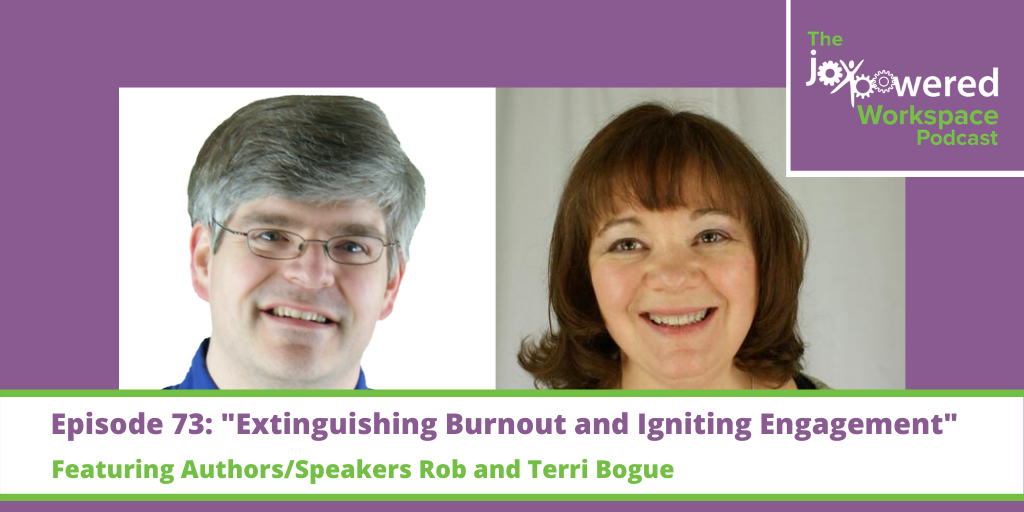It was the night before Christmas, and all through the house, not a creature was stirring. They were all out fighting with other shoppers trying to get that last-minute deal. They’re off wrapping presents. They’re loaded up and on the road to the in-laws. And somewhere in all this mess, we’re wondering why we’re doing it.
Christmas Expectations
For those families who celebrate, Christmas is the defining holiday of the year. Nothing gets more attention or finances. Christmas is supposed to be the time when you’re grateful for your family, when you gather around a table and have a good conversation with a good meal. The nostalgic pictures produced by Norman Rockwell and Coca-Cola make us long for a time when things were simpler – and better.
We remember our own Christmas experience as a child and wonder where the magic went. If our children are grown, our chance to relive that magic is now behind us. We’re left with the reality of the event. It’s buying presents, planning meals, and, invariably, avoiding fights.
We Are All the Christmas Grinch
Grumpy is the feeling of the season when we’re exhausted with the extra effort to put together such a special day. We feel obligated to interact with parts of our extended families whom we truly don’t want to speak with. We find Uncle Bill annoying, and we can’t stand Aunt Suzi’s gossip. Our cousin Jim is glassy-eyed and stoned. His way of dealing with the emotional stress is escape. That’s okay, because Jane’s on her third glass of eggnog, and Clarence is so involved in his television show that he doesn’t notice the dog dumping the tray of snacks.
In stark contrast to the nostalgic pictures we have in our heads, we find that our families are a collection of dysfunctions, hurt feelings, and broken relationships that haven’t ever been mended. Where there is supposed to be joy, there’s only struggle, which can lead to burnout.
Burnout at Christmas
Burnout is frequently defined by exhaustion, cynicism, and inefficacy. Most people find themselves overwhelmed with exhaustion and cynicism at the holidays with the burning sense that they can’t make the family get along better. Most people find they don’t feel like they can help their family communicate better either. And that’s the problem.
We expect that we should have a picture-perfect family, but families aren’t – and never were – like that. Rather than accepting the challenges in the family, we feel like failures, because our family is such a mess. Even if they’re not addicted or so embroiled in their conflicts that you’ve got 911 on speed dial, there are aspects of the family that don’t fit the ideal. Every personal friction between two people seems to be a major issue right now. Everyone is on their best behavior – until they can’t take it anymore, and they blow up.
Fire Suppression
Now is not the time to take responsibility for the way the family interacts or the hurt feelings that have never been addressed. Right now, you can just accept that this is the way things are – and it’s okay. No family is perfect. No family is without their issues. To get through this season, we focus on acceptance of their differences and their flaws – as long as they’re not truly harming us.
If we want to prevent these feelings of inefficacy next year, we can spend the next year trying to heal our parts of the relationships and conversations. We learn more acceptance of our extended family, and we try to improve communication where we can.
We may not be able to bring back the magic we felt as children – after all, we’ve seen behind the curtain and know what it’s all about. However, that doesn’t mean that we can’t take back some of the wonder of Christmas instead of wondering if we can make it.





